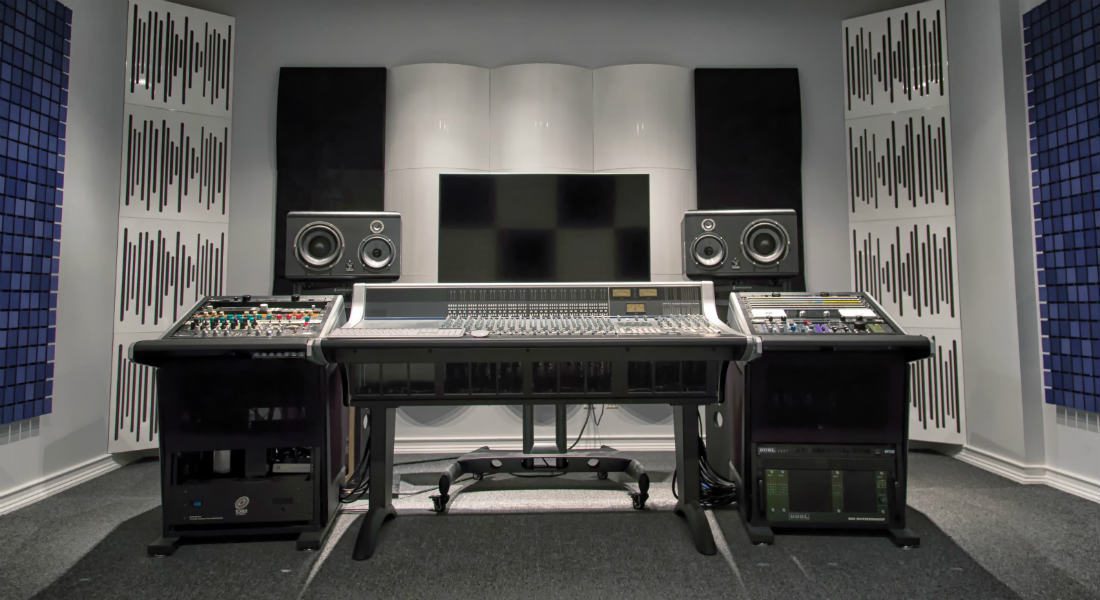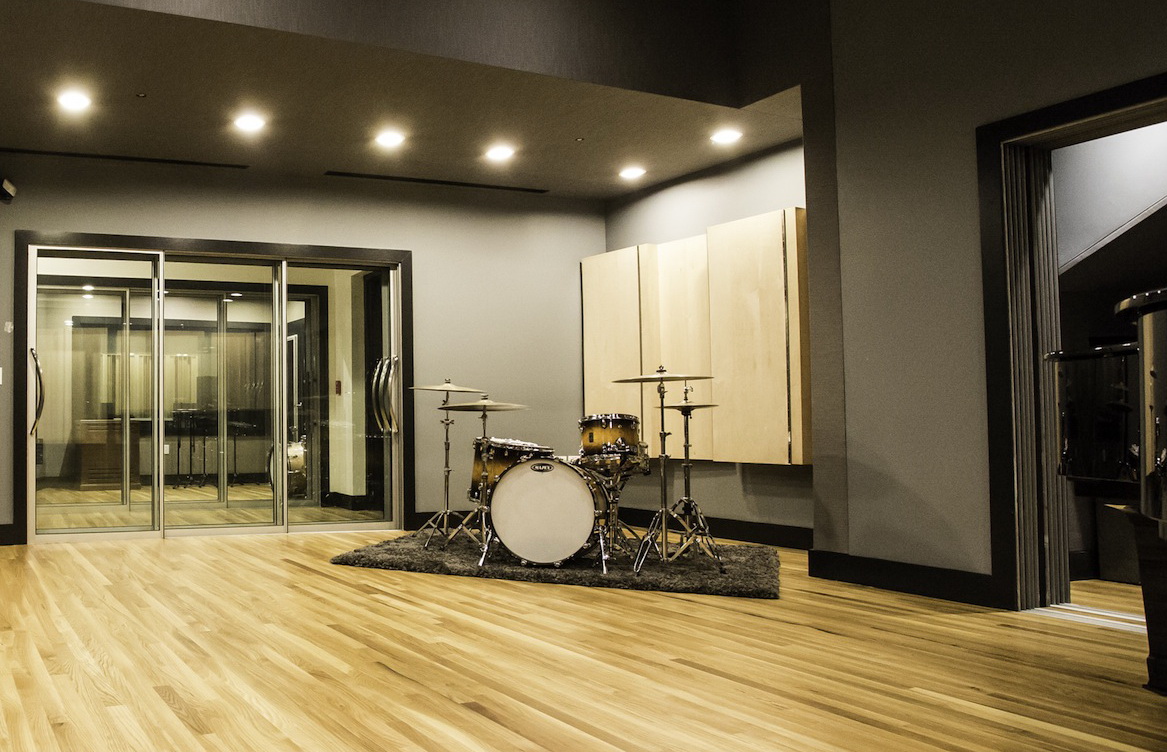

- #PROFESSIONAL SOUND STUDIO UPDATE#
- #PROFESSIONAL SOUND STUDIO FULL#
- #PROFESSIONAL SOUND STUDIO SOFTWARE#
- #PROFESSIONAL SOUND STUDIO TRIAL#
- #PROFESSIONAL SOUND STUDIO PC#
You could also do 2 or 3 takes as a warm up before your main take and going into details. Get yourself comfortable to set into the right mood, relax yourself in a comfy place.

Last but not the least, Do a warm up session before you go into your main recording session. Other then the part where you can use it and make a difference, please refrain yourself from using it too much. You can learn alot from Youtube videos and web forums.
#PROFESSIONAL SOUND STUDIO SOFTWARE#
You can fill up the part where you need it the most, and most the software nowadays are easy to master, user-friendly… don’t require much time. On the other hand play with some of these things and the tools. But when you use these things, it might kill the original nature and vibe of your vocals. I am not saying that having an experience with all the editing tools and plugins is bad – it’s a good thing. My advice is that “Please don’t overdo it and go crazy with all the things trying to improve your vocals”. I see a lot of people go crazy and heavy when it comes to this part.
#PROFESSIONAL SOUND STUDIO UPDATE#
Last update on / Affiliate links / Images from Amazon Product Advertising APIīy the way, check out my post on Headphone vs Monitors – gives you insight on how they are different from each other. (I suggest you You buy this only if you have the budget cause its expensive and you can go about without it – Preamps– a cheap one but will do its job) So I highly suggest you get a preamp if you don’t have one. When you record your guitar or other instruments by directly plugging into your audio interface, the sound produced will be a very transparent sound.Īlso, the volume would not reach the level of great quality.

Getting yourself a preamp would be one of the best investment you can make. A simple yet important adjustment you can do to improve your sound quality.
#PROFESSIONAL SOUND STUDIO PC#
Like if you have a PC on that direction when recording and given your PC makes some noise, it will be picked up by the microphone. You can also direct the back of the microphone on the direction from which you want to reject any of the unwanted sound as most of the mics are made to pick up sounds from the front.
#PROFESSIONAL SOUND STUDIO TRIAL#
Trial and error is the best teacher here. The distance will vary for different instruments, you have to figure it out yourself. Recording vocals can be very tricky at some point but do the above things as I said and adjust your mic to get the best out of it. So, the best way is to test various position and pick the one which gives you the best sound. When you move your head or gear around the mic, you will get different variants, signatures, etc. Again, placing the mic too close will make the sound more bassy due to the proximity effect. Now, position the mic at the right position, placing the mic at a distance will make your recordings sound thin, hollow and bad. If you don’t have a good microphone then we have listed some of the best microphones for a home studio on my Resource page I can guarantee you that it will improve your recording a lot and the best part is that it doesn’t cost a fortune ( pop filters). 2.Microphone and Pop FiltersĪlways have a pop filter, it will filter the unwanted popping sounds created by blasting and Splitting of airs (created by “P” and “T” sounds). You can record inside a closet too, fill up the closet with clothes and the shelves with pillows or cushions if they are empty – picked up the trick somewhere but works like a charm.

#PROFESSIONAL SOUND STUDIO FULL#
Note: A bedroom is a good example room as the mattress, blankets or a wardrobe with full of clothes are good sound absorbers. The goal is to have the room work the best for you and not against you. When you record try to move away as much as possible from a bare wall. Put some curtains over the bare walls or maybe a book shelf with full of books which will help in reducing unwanted audio sounds such as echoes and nodes. You can also move some heavy bulky furniture in the room and other stuffs to break up the bare walls in your room. On the other hand you can make some panels for insulation (a dense one) – thin and lightweight foams are not going to work at all. to absorb some of the reverberant tone from your bare room. If you are in a room where the walls are bare and reflective, then try moving out to some other place where there are more rough surfaces, maybe a place having some carpets, cushions, curtains, etc. A room plays a very important role and contributes significantly to the sounds of the various instruments.


 0 kommentar(er)
0 kommentar(er)
